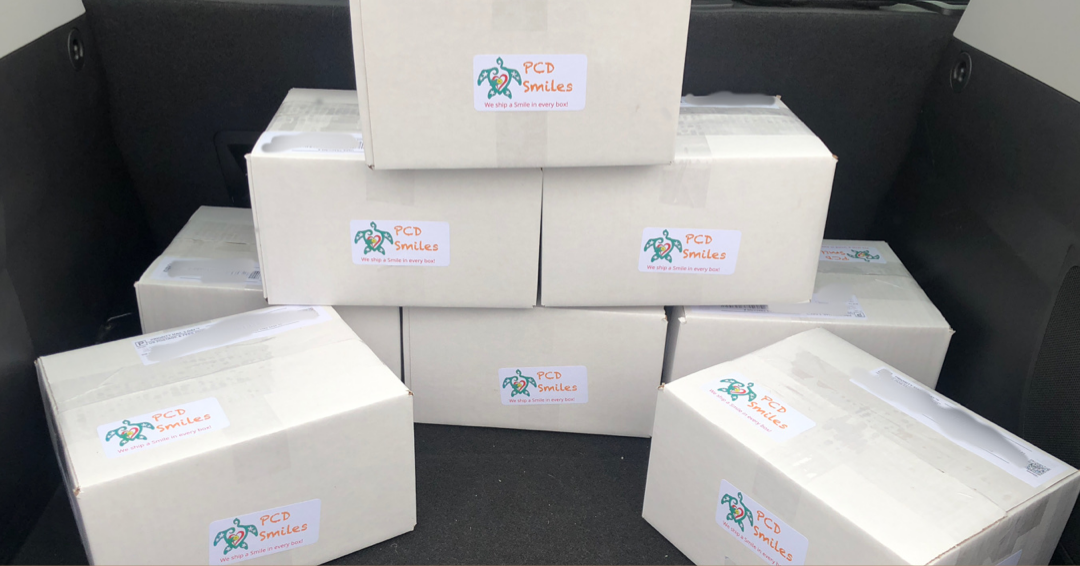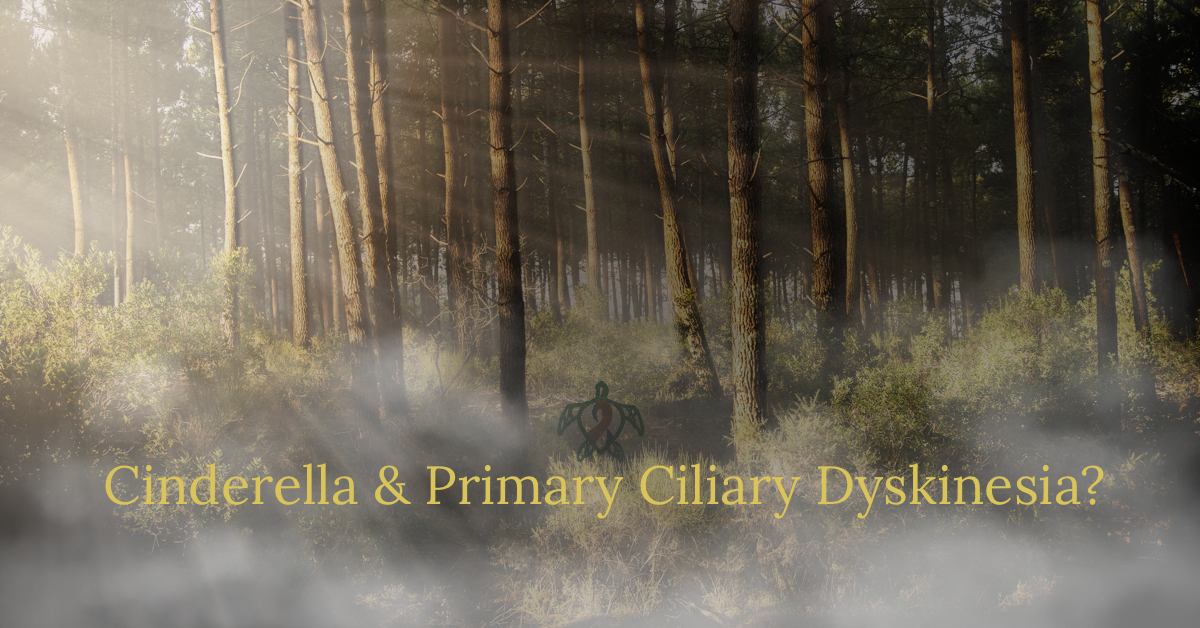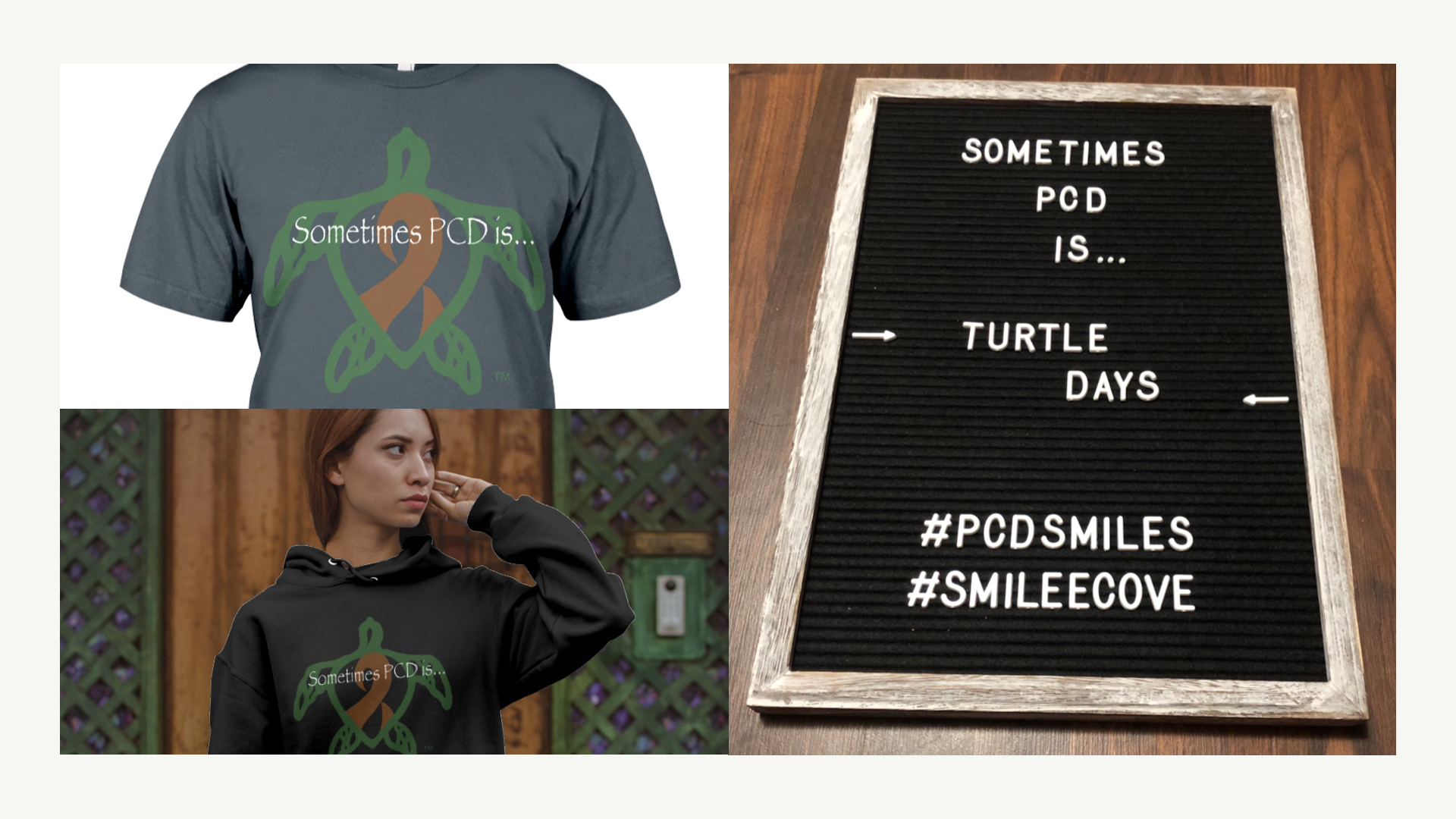No one really knows where the name came from, or who named it as such; but in PCD the “Cinderella Phase” is quite well known, and can actually lead to misdiagnosis, underdiagnosis, and or undiagnosis of PCD. So what exactly is the Cinderella phase in Primary Ciliary Dyskinesia? Researchers are not exactly sure what causes it, but the Cinderella phase refers to a time where the signs and symptoms of PCD seem to lessen in frequency and in severity; usually occurring in the late teens to early twenties. The Cinderella phase can last into the late twenties and even the early thirties, before the signs and symptoms come roaring back into a patient’s life; sometimes with a vengeance. While the signs and symptoms of PCD may not seem to be there, make no mistake the disease progression continues slowly and undetected during the Cinderella phase; even by the patient.
Patients, and oftentimes believe it or not doctors, will mistakenly attribute the Cinderella phase (a time of lessing of symptoms) to the fact that the patient’s immune system has finally improved or caught up with the rest of the body. It’s possible that is what has happened, especially if the patient has underlying immune issues. Other’s theorize that the Cinderella phase is due to the kids taking a personal interest in personal hygiene. Let’s face it, young kids aren’t as necessarily hygiene conscious as they are when they reach the teen years. In any case the Cinderella phase can cause quite a bit of confusion when it comes to treatment management for doctors who aren’t familiar with PCD. This also makes the transition from pediatric care to adult care difficult for a PCD patient; especially when transitioning to doctors that have no clue about PCD. Also adult doctors tend to want to revisit diagnoses that were assigned to a patient in childhood, just to check for possible misdiagnoses. If the patient isn’t showing the tale tell signs and symptoms of PCD, they may just find themselves undiagnosed of PCD by a doctor unfamiliar with PCD care management. This scenario can put up barriers for the patient, making them unable to gain access to medications that they truly need for their PCD. The Cinderella phase can also take PCD out of the running of possible diagnoses, if the patient has yet to be diagnosed with PCD. This can delay PCD diagnoses for possibly years, and delay that patient getting proper treatment for their PCD as well.
During the Cinderella phase, it is important to note that the patient still has PCD. The cilia are still not working properly and still not moving fluid properly as well. It is extremely important that patient continues their daily airway clearance techniques and daily medications that aid airway clearance and airway health. While the patient can experience periods of feeling completely normal, the fluid/ mucus is still collecting in their airways and causing permanent irreversible damage to their respiratory system. This is also why cultures are still an important part of PCD care management even during in the Cinderella phase. These cultures help to track the patient’s overall lung organism profile, and will help their doctor chose appropriate antibiotic treatment when the need for future antibiotic therapy arises.
The Cinderella phase can be an exciting time for a PCDer, but it can be an extremely frustrating time as well. There can be a whole lot of self doubt about the patient’s future with PCD during this time as well.
This writer’s personal experience with the PCD Cinderella phase;
In hindsight, having gone through the Cinderella phase personally, I think it is a very cruel time as well. Imagine spending your whole life to that point extremely sick, in and out of hospitals all the time; then you wake up one day and things seem perfectly normal and you feel your best ever, and you stay that way for years. Then you transition to a general adult pulmonologist who says that you out grew your PCD and takes you off your medications and airway clearance. Yay, you are free at last! You cycle through other general pulmonologist as the years go by; some add things for asthma (that you don’t really have), some add or take away medications for COPD (which again you don’t really have), and you’re given various random antibiotics for colds, flus, and pneumonias that never really go away without antibiotics (and you never have sputum cultures done prior to antibiotic therapy.) Then one day you wake up in your thirties extremely ill, cycling in and out of respiratory failure, oral antibiotics stop working, you randomly develop severe allergic reactions to random medications, and the doctors start throwing around the words lung transplant. You move yet again, finding a place that treats PCD; and the frequent hospitalizations, frequent IVs, daily meditations, daily airway clearance that you had convinced yourself were behind you are thrust back upon you out of nowhere. It was definitely an overwhelming experience, and you are once again struggling with the idea of daily treatment compliance, and the sheer weight of PCD in general to your life. That is the true twist of cruelty of the PCD Cinderella phase, in this writer’s personal opinion.
Be sure to visit us next week for another Topic Thursday!
Join our Facebook group Turtle Talk Café today, click here.
We have several ways that you can donate to PCD Smiles;
- Visit Smile E. Turtle's Amazon Wishlist
- For more information on how you can donate, please visit our "Donation" page to check out our "Do & Don't policies.
- Or sponsor a PCD Smiles cheer package today!
- To shop for your “Official” turtle care ribbon gear today, visit PCD Style or Smile E. Cove
Thank you for your consideration!














